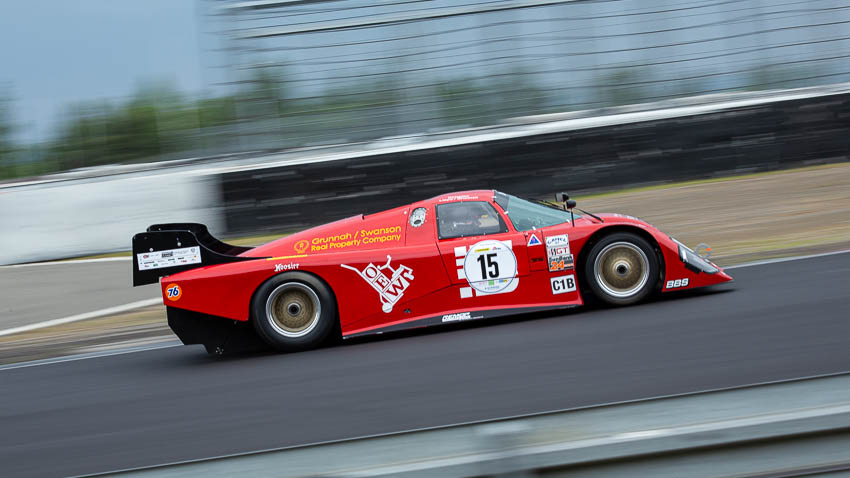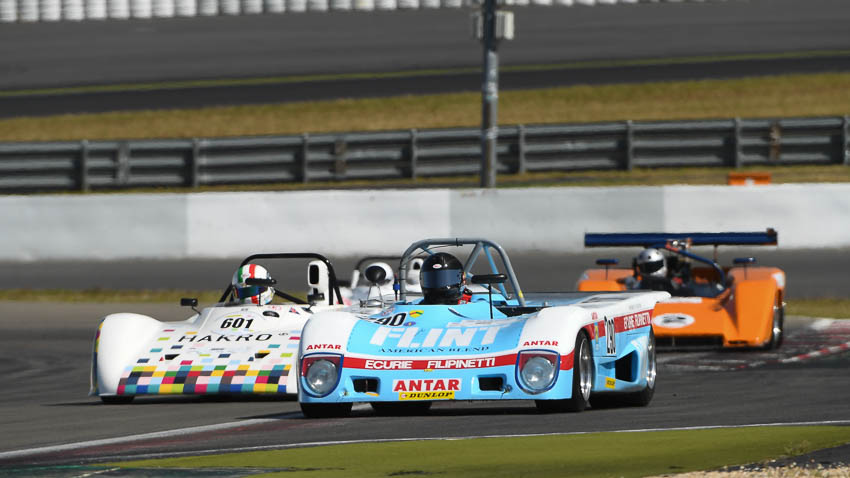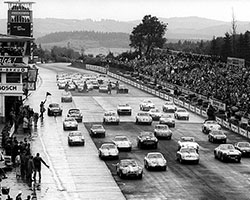The new "CanAm & SCC" race series was held for the first time in 2017. With this race series, a consistent expansion of the FHR race series is being pursued in order to meet the needs of the drivers to be able to race with more up-to-date vehicles.
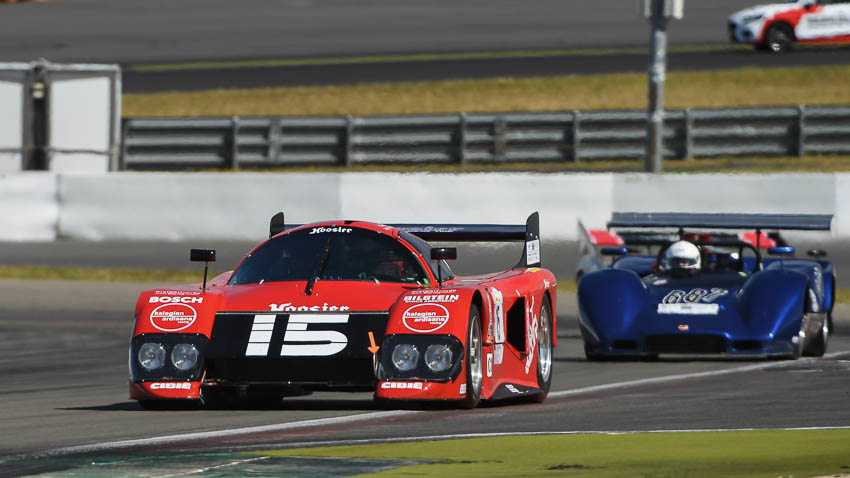
Powerful engines and streamlined bodies
With this interesting field, we present vehicles from the wild 70s and 80s, when companies like Kremer Racing, Kannacher or Loos filled the spectator stands with their Group 5 Bollides. But, as was customary back then, Group 4 and racing cars will also be on the grid, and the field will be rounded off with V8 cars. The series is open to GTs and racing sports cars built between 1966 and 1990 and Sports2000.
The Group C cars, which are an integral part of the series from this year on, deserve special attention.

CanAm & SCC
For interested vehicle owners and drivers, the contact is the Fahrergemeinschaft Historischer Rennsport e.V.
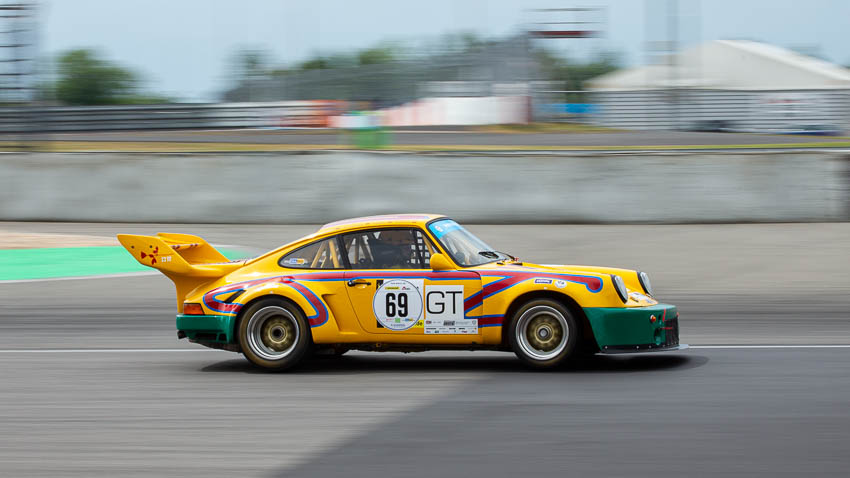
The myth of CanAm
The CanAm myth began 54 years ago: From 1966 to 1974, what was then the most spectacular racing series in the world degraded Formula 1 to a game with pedal cars. Everything was possible, everything was allowed, there were no limits. The CanAm cars had no rivals in terms of power, speed and attractiveness. In nine years, 71 races were run. The regulations, which were based on the FIA's Group 7 two-seater racing cars, were only three pages thin for the 1972 champion, Georg Follmer, "everything was allowed".
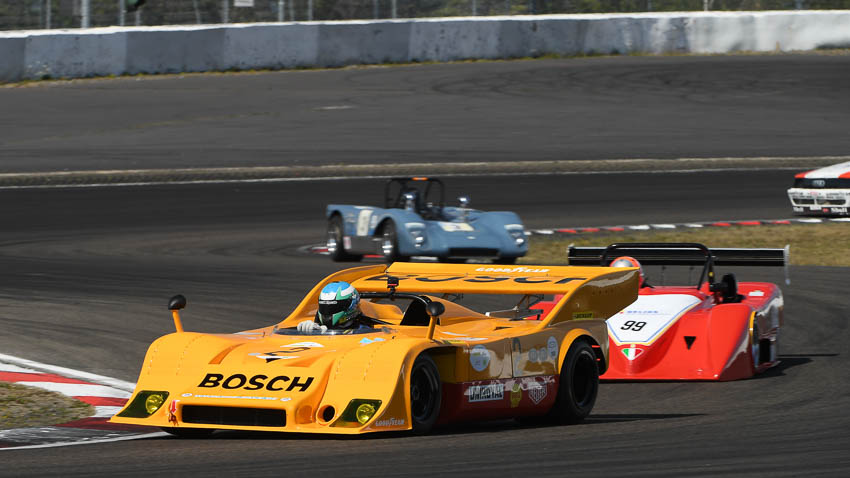
The FIA's Group 7 meant: no engine capacity limit, but turbochargers or superchargers were welcome. There were no other de facto technical restrictions. The cars theoretically needed two seats, a body that enclosed the wheels and a roll bar. This meant that the cars were approved and came very close to the dream of many racing car designers that "anything is possible".
Your tickets for the Race Event
